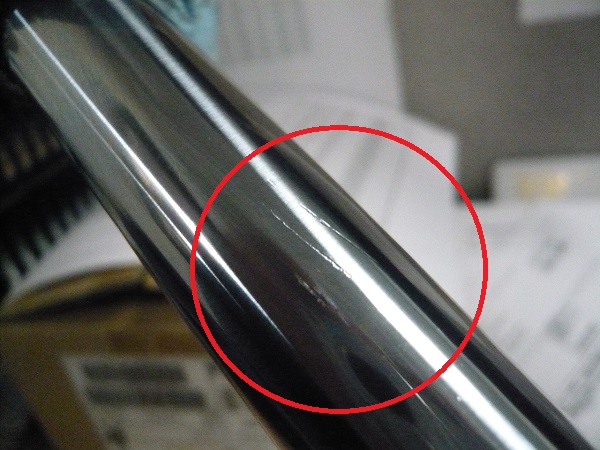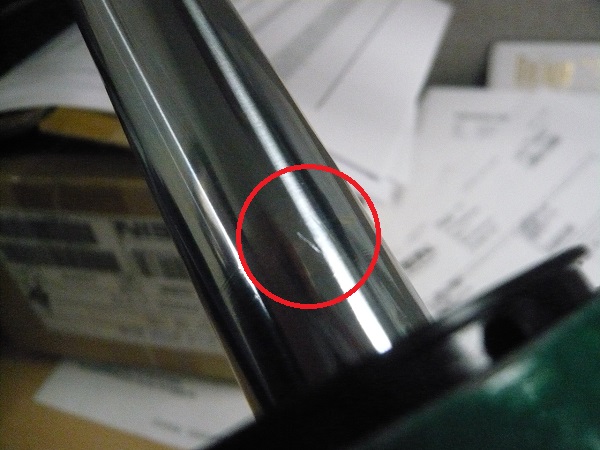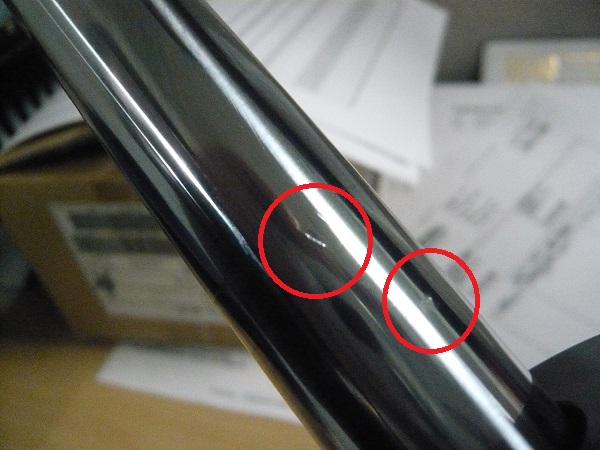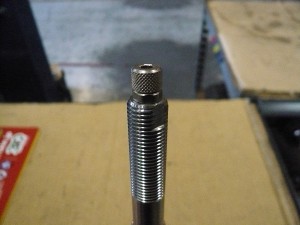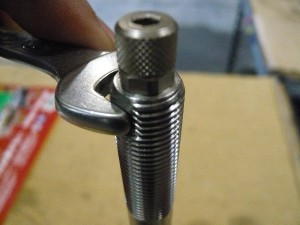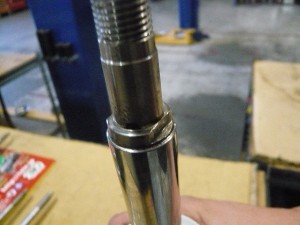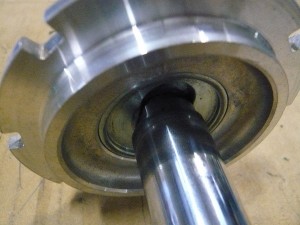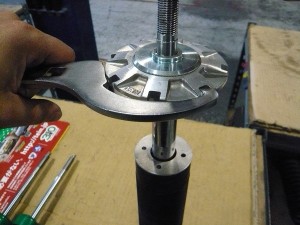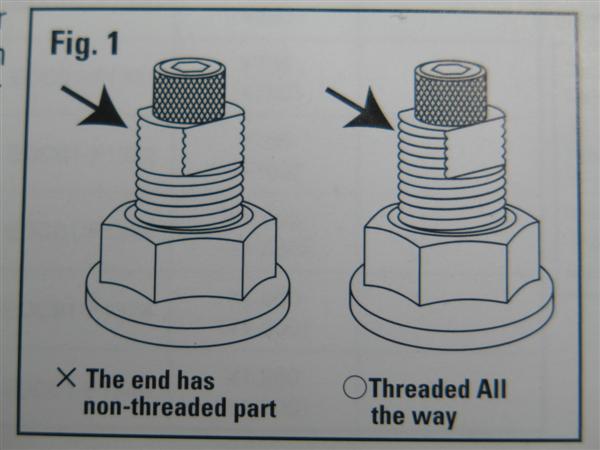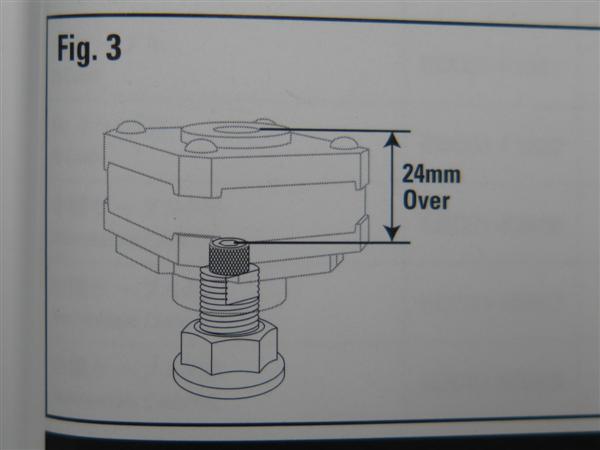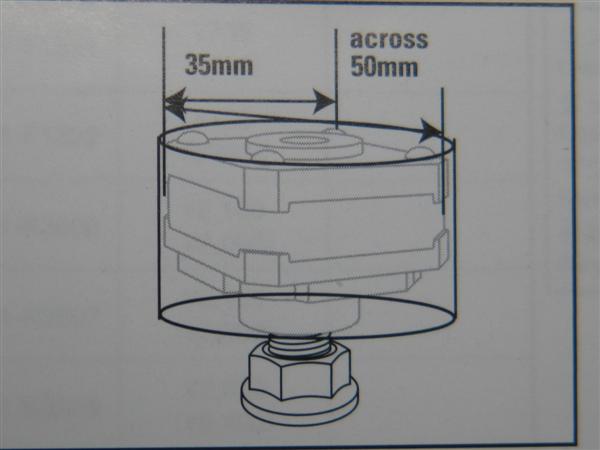Many times we receive claims of defective dampers leaking oil which are then requested to be repaired or exchanged under warranty. For the most part the actual cause of the damper failure would be due to mis-installation. Now regardless if its you first time doing a coilover install or have many years of working in automotive repair, a mis-installation can occur at any time. For the most part the installation instructions included with our coilover systems are straight forward but are usually never read through properly, overlooking the important advisories placed throughout the instructions. Following these advisories will of course lead to a problem free installation.

A common disregarded advisory detailing to avoid clamping the piston shaft to tighten the damper top nut. Most consumers and “Mechanics” often are unable to tighten up the top nut claiming that holding the piston shaft body would be the only way to tighten the top nut which would lead up to the coilover to leak. For a better visual understanding what can happen to the piston rod if clamped down, please see the images below of a discarded damper.
Now to the point of this blog post. This is in no way a manufacturing defect of the coilover. The markings on the piston shaft are what can be referenced as “The Smoking Gun” as it is an obvious tall tale sign that something had been used on the shaft. Do not use anything to clamp down the piston shaft. Our kits would either offer special machined sections of the piston shaft that can be held with a wrench or incorporate the use of the upper spring seat in conjunction with the included adjusting wrenches to hold the piston shaft. If the top nut turns even when tightened but not torqued down, placing the vehicle load on that specific corner then torqueing the top nut will work.
When it comes to any product claims, we do our best in repairing those that respectively are a manufacturing defect. If the item is not covered under warranty an explanation is given and detailed for the consumer to further understand the reason for the warranty decline.

